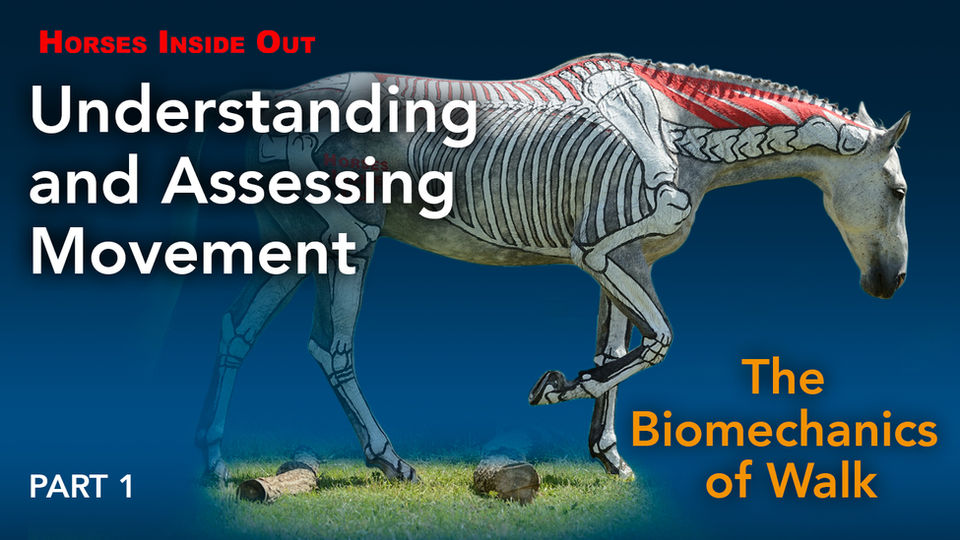Preventing Back Problems
As horse owners we can often worry about whether our horse has a sore, stiff or poorly functioning back. It’s sometimes hard to know what’s normal in terms of the horse’s back function and recognising when things aren’t quite right. We hear of problems such as kissing spines, sacroiliac dysfunction, arthritis, spondylosis, back stiffness and muscle problems being frequently diagnosed. These can cause poor performance in many horses and we also know that asking a horse to carry a rider can compromise back posture, movement and performance.
All this makes owning and riding a horse quite worrying and at times daunting, when all we want is the best for them. Don’t despair - there’s some good news, in this on demand webinar, Gillian reveals the top 10 things every rider should know and do on a regular basis with their horses to help prevent back problems occurring. Her recommendations are easy to do and will help whatever the age or stage of training, whatever disciplines you do with your horse.
These practical tips and exercises are easy to perform and will also help to improve posture, back suppleness and strength.
Watch Trailer
This on-demand webinar was recorded on Wednesday 17th November 2024 and was in celebration of the launch of the Pilates for Horses Programme.
Course Structure
This on-demand webinar is split into 10 parts.
Packed with practical tips, exercises and techniques for improving and assessing back health
, this presentation proves to be interesting, informative and invaluable whether you are a horse owner and lover or professional in the industry.
UNLIMITED ACCESS
Anytime - Anywhere - As many times as you like!
Once purchased, you can watch this on-demand webinar at any time and as many times as you like from any device and from the comfort of your own home! Just make sure you are logged in and then watch it by pressing the button below.
Other on-demand webinars you may enjoy...
- 80£
- 40£
- 30£



















